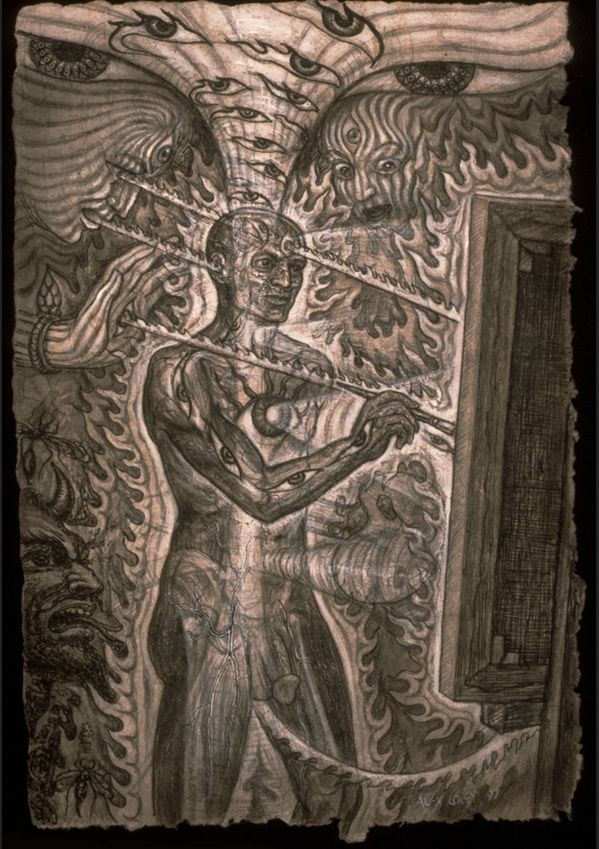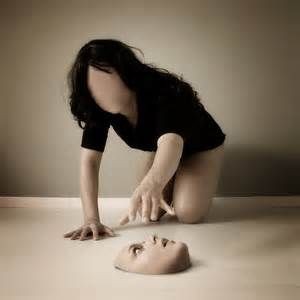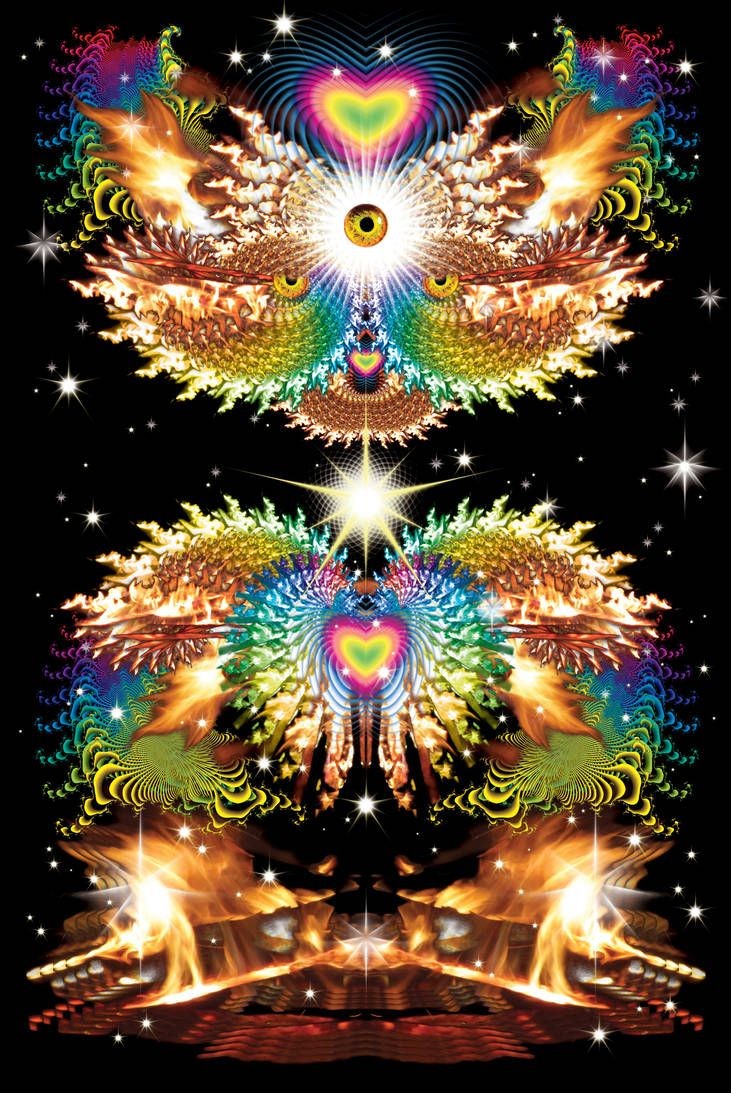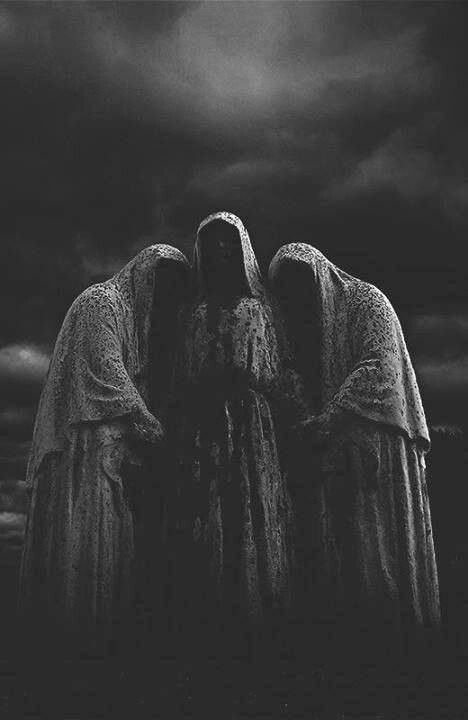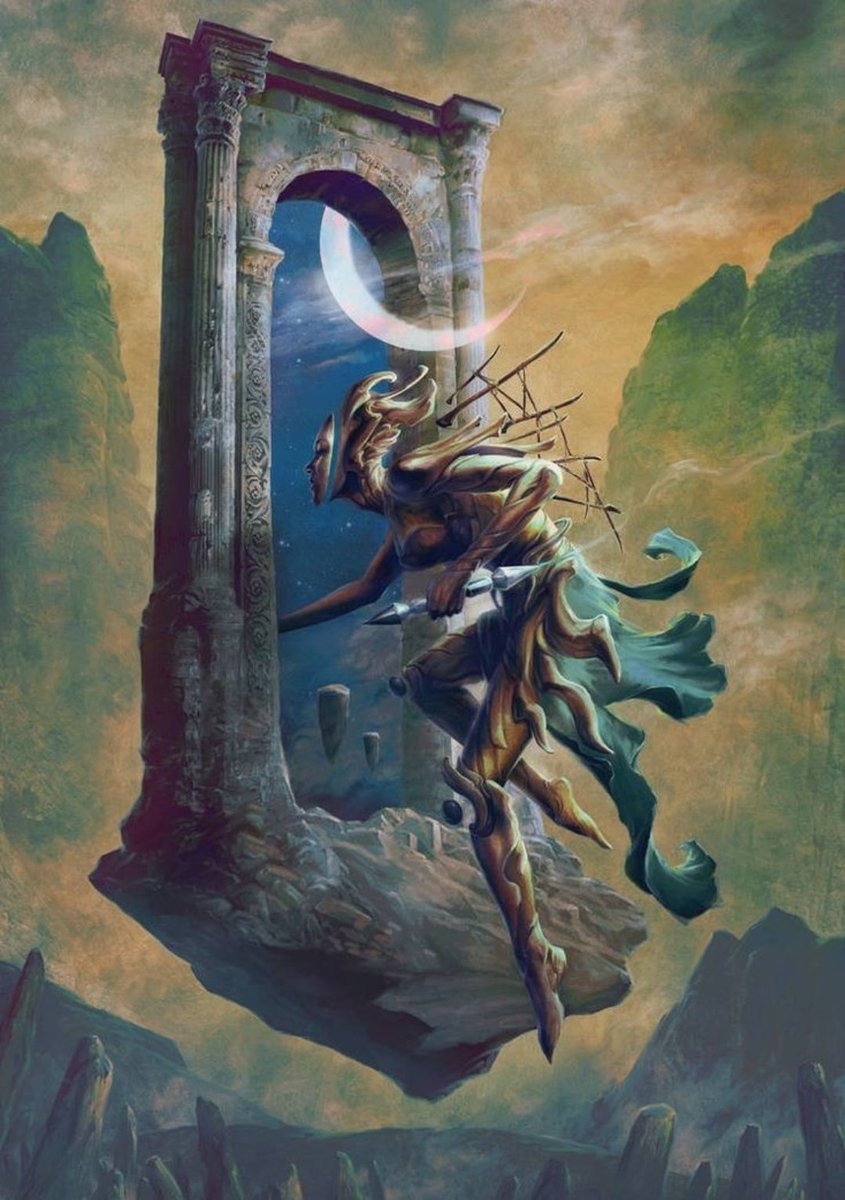
ORT. Final chapter. Atto XXXIV
“Life will give you whatever experience is most helpful for the evolution of your consciousness.” Eckhart Tolle
This most intimate conversation continues.
Penrose and Hameroff suggested that quantum vibrational computations in microtubules were
“Life will give you whatever experience is most helpful for the evolution of your consciousness.” Eckhart Tolle
This most intimate conversation continues.
Penrose and Hameroff suggested that quantum vibrational computations in microtubules were

"orchestrated" ("Orch") by synaptic inputs and memory stored in microtubules, and terminated by Penrose "objective reduction" (OR), hence "Orch OR." Microtubules are major components of the cell structural skeleton. Orch OR was harshly criticized from its inception, as the brain 

was considered too warm, wet, and noisy for seemingly delicate quantum processes. However, evidence has now shown warm quantum coherence in plant photosynthesis, bird brain navigation, our sense of smell, and brain microtubules. The recent discovery of warm temperature quantum 

vibrations in microtubules inside brain neurons by the research group led by A. Bandyopadhyay, PhD, National Inst. of Material Sciences in Tsukuba,( now at MIT), corroborates the pair's theory and suggests that EEG rhythms also derive from deeper level microtubule vibrations. 

In addition, work from the laboratory of Roderick G. Eckenhoff, MD, at the University of Pennsylvania, suggests that anesthesia, which selectively erases consciousness while sparing non-conscious brain activities, acts via microtubules in brain neurons. So we should ask ourselves 

given that the origin of consciousness reflects our place in the universe, the nature of our existence. Did consciousness evolve from complex computations amongst neurons as science asserts? Or is consciousness the Divine, the Pleroma, the Source of All Creation the fabric of 

of which our dreams are made of. The Mistery without and the Revelation within.
Microtubule quantum vibrations appear to interfere and produce much slower EEG "beat frequencies." Despite a century of clinical use, the underlying origins of EEG rhythms have remained a mystery.
Microtubule quantum vibrations appear to interfere and produce much slower EEG "beat frequencies." Despite a century of clinical use, the underlying origins of EEG rhythms have remained a mystery.

Clinical trials of brief brain stimulation aimed at microtubule resonances with megahertz mechanical vibrations using transcranial ultrasound have shown reported improvements in mood, and may prove useful against Alzheimer's disease and brain injury in the future. 

"Consciousness depends on anharmonic vibrations of microtubules inside neurons, similar to certain kinds of Indian music, but unlike Western music which is harmonic," Hameroff concludes.
I trust you have realised by now, that we do not die, not really. When our physical body is
I trust you have realised by now, that we do not die, not really. When our physical body is

near the end of his subjective reality our consciousness departs via the microtubules in search of another manifestation of ourselves another I experiencing a slightly different reality and the transition is immediate Like awakening without having gone to sleep. We don’t remember 

you see. And then you dream a dream that feels the same, but it isn't. The Wheel keeps turning with the immutability of the Seasons and you have another chance to ascend and escape the Illusion of the Cycles or not and remain forever trapped in the false Matrix of the physical. 

I will expand on this concept in the next threads or maybe not.
To be continued.
Good night.
We all want a happy life, don’t we? Himalayan yogis, however, prefer a happy death. They don’t want a death that’s disastrous, unhappy or confused. Think about it.
To be continued.
Good night.
We all want a happy life, don’t we? Himalayan yogis, however, prefer a happy death. They don’t want a death that’s disastrous, unhappy or confused. Think about it.

• • •
Missing some Tweet in this thread? You can try to
force a refresh





